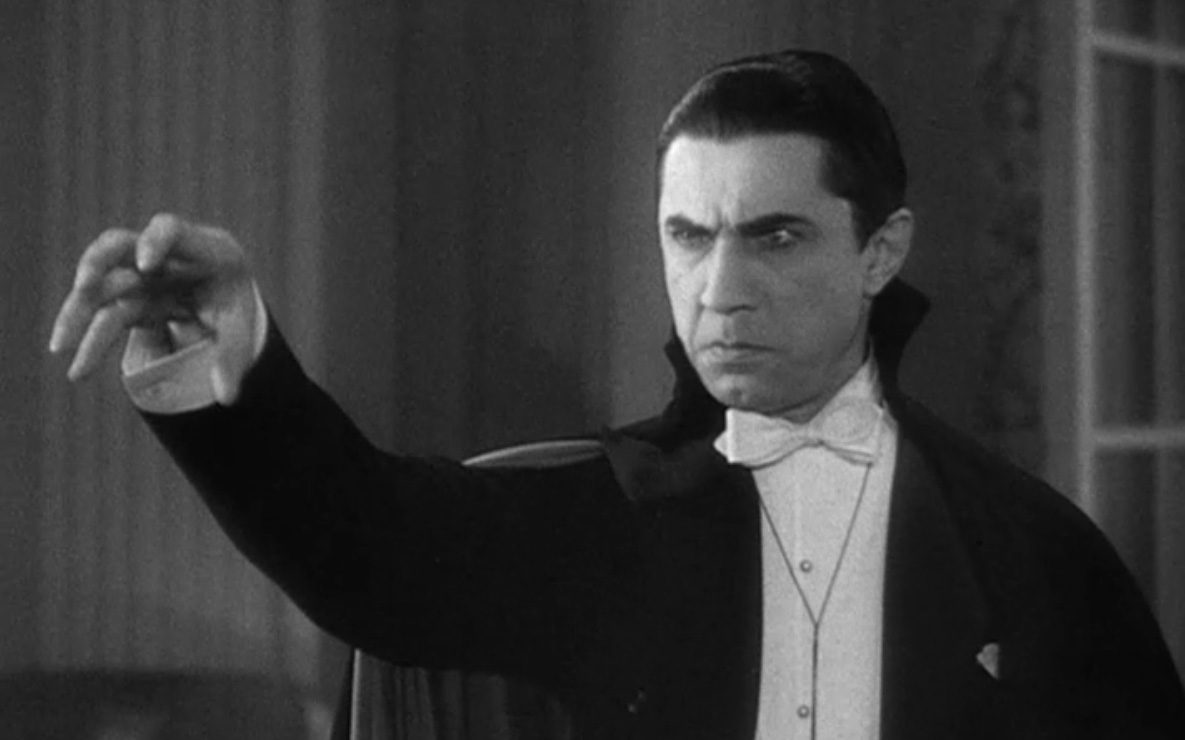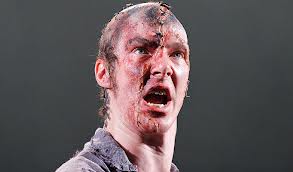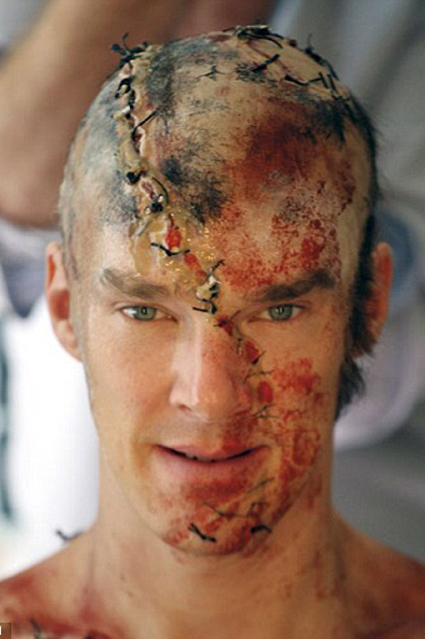
The novel “Dracula” (by Bram Stoker, who was born Nov. 8, 1847) was fairly well-regarded at its publication but not wildly popular. Yet is has become one of the west well-known stories ever told.
Dracula, the creation of Bram Stoker (whose 170th birthday is this week), is perhaps one of the most famous characters ever created. He stalks our nightmares as well as our television and movie screens. He fills our bookcases. We spend days at conferences talking about him. He read about him, over and over and over again.
Of course, one reason he became so popular was the way he was portrayed by Bela Lugosi in the movie: “Lugosi possessed all the menace of Stoker’s Dracula but he added a curious charisma. While not traditionally handsome, Lugosi combined an intense screen presence with a deliberate, heavily accented speech to create a Dracula who was almost as mesmerizing as he was repellent. Indeed, he so thoroughly captured this aura of entrancing danger that it has since become difficult to remember Stoker’s original figure, who possesses little of this charm.” (For more about this, click here. Or here.)
Another reason Dracula is so popular is that he can stand in for whatever most terrifies society: he is the dead body who will not stay dead, that comes back to hunt the living; he is the old lord of feudal society stalking the capitalists who have taken control; he is the dark foreigner and immigrant who invades well-do-do white society; he is the personification of disease and epidemic that sweeps across the countryside. He is madness and mental illness that strikes without warning. (Dr. Frankenstein‘s monster has also been a cipher for societal fears over the years as well.)
Whether he is a villain or an anti-hero, Dracula will be with us forever!


